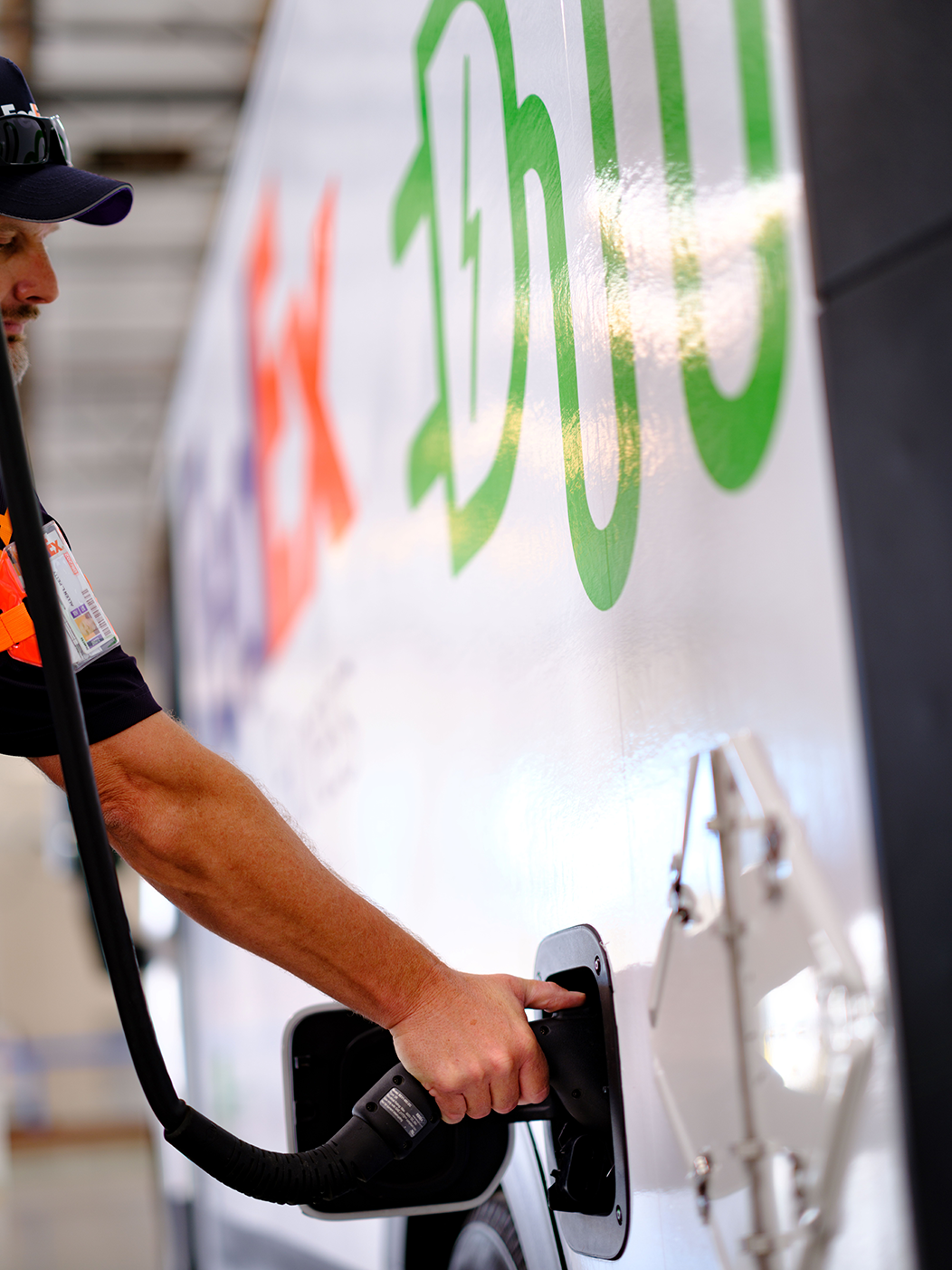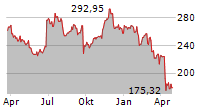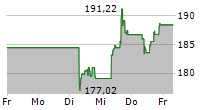
Fleets and utilities can become leaders in the emerging vehicle electrification space by working together to drive proactive grid investments.
By Kriti Singh and Caitlin Odom (both of RMI)
NORTHAMPTON, MA / ACCESSWIRE / June 18, 2024 / More and more companies are committing to electrify their vehicle fleets to help drive urgently needed decarbonization of the transportation sector. But to deliver on transportation electrification targets, fleet operators must consider bringing on a new partner: utilities.
Until now, many fleets -- primarily made up of internal combustion engine (ICE) vehicles -- have had very limited electric service needs, and therefore no reason to interact deeply with their utilities. But as fleets look to electrify, they need adequate charging infrastructure to be available to plug in their vehicles. Moreover, fleets and utilities must ensure that planning for charging infrastructure happens on a timescale that is compatible with electrification targets: electric cars and trucks can be ordered much faster than utilities can typically plan and build new infrastructure. An unintentional disconnect between fleets and utilities created by the huge complexity of both transportation and electricity networks, and a potential lag in new grid investments, threaten to stall vehicle electrification. But fleets and utilities can become leaders in the emerging vehicle electrification space by tackling this challenge together.
With thousands of electric vehicle fleets gearing up to hit the roads, and thousands of utility jurisdictions responsible for planning, coordination, and collaboration, vehicle electrification is no easy feat. It requires not only a deep understanding of each other's operations, but also a forward-looking view on how transportation electrification will play out across the U.S. With RMI's new GridUp tool, robust data and analytics will inform proactive utility-fleet collaboration by forecasting power demands from vehicle electrification, showing how power will need to be distributed over geography and time. Let's look at the critical considerations that fleets and utilities need to make when collaborating and how they can leverage GridUp to help them proactively plan.
For fleets and utilities to effectively work together to support electrification at the pace needed, they must bridge gaps in information sharing. Increasing avenues for data sharing through intentional collaborations will enable utilities to gain clearer insight into fleet electrification plans now and, in the future, provide the necessary infrastructure support required for large scale electrification that fleets desire. Further, both fleets and utilities will need to adopt new expertise and planning capabilities.
From a fleet perspective, incorporating utility engagement into their planning process requires developing new expertise within their operations. Fleets must understand how to effectively engage with utilities by creating an understanding of the following:
- How local utilities work in each of the geographies in which their fleets operate
- What kinds of data utilities need from fleets and how to gather and share this data
- What a utility interconnection process looks like and how to navigate it
- How utilities are regulated and what they can and cannot do
From a utility perspective, servicing electric vehicle charging infrastructure requires a new type of planning, which makes information sharing more important. Electric vehicle fleets differ from loads that utilities are used to accommodating in how they operate, what equipment they use, and what functions they carry out. Unlike buildings-related loads, fleets demand electricity in bursts, creating peaks of electricity demand on the grid. However, fleets are also uniquely flexible in shaping what that demand looks like.
For example, an electric truck fleet that is able to charge at night, when power demand is usually lower, will be much easier to accommodate than a fleet that charges at peak hours. Sharing this information with utilities upfront would enable utilities to provide information about cost and timeline implications for building make-ready infrastructure and fee structures for charging. Furthermore, if peak charging loads can coincide with lower overall usage of the grid, fleets may be able to electrify and charge today without having to wait for new grid capacity to be developed. This process - known as flexible interconnections - allow depots to draw more power from the grid when overall demand is low. When fleets proactively assess their charging and energy demands, utilities can better understand how those demands fit into overall grid operations and determine the most efficient, cost-conscious path to connecting them with the needed charging infrastructure.
Incorporating information sharing at multiple points of the planning process can increase efficiency. RMI's GridUp tool can help streamline the process of information sharing from fleets to utilities. The tool can provide utilities with aggregate data showing how the grid will be impacted by charger use. As a result, utilities can also plan for how to prepare the grid for growing efforts to electrify all sectors of transportation. As the EV revolution kicks into the next gear, it's critical that utilities and fleet operators work together to ensure that necessary upgrades and new infrastructure constructure happens in the most time and cost-effective way.
FedEx Cares reproduced this article with permission from RMI. The GridUp tool and Electrification 101 article series are supported by a generous grant from FedEx.

View additional multimedia and more ESG storytelling from FedEx Corporation on 3blmedia.com.
Contact Info:
Spokesperson: FedEx Corporation
Website: https://www.3blmedia.com/profiles/fedex-corporation
Email: info@3blmedia.com
SOURCE: FedEx Corporation
View the original press release on accesswire.com



